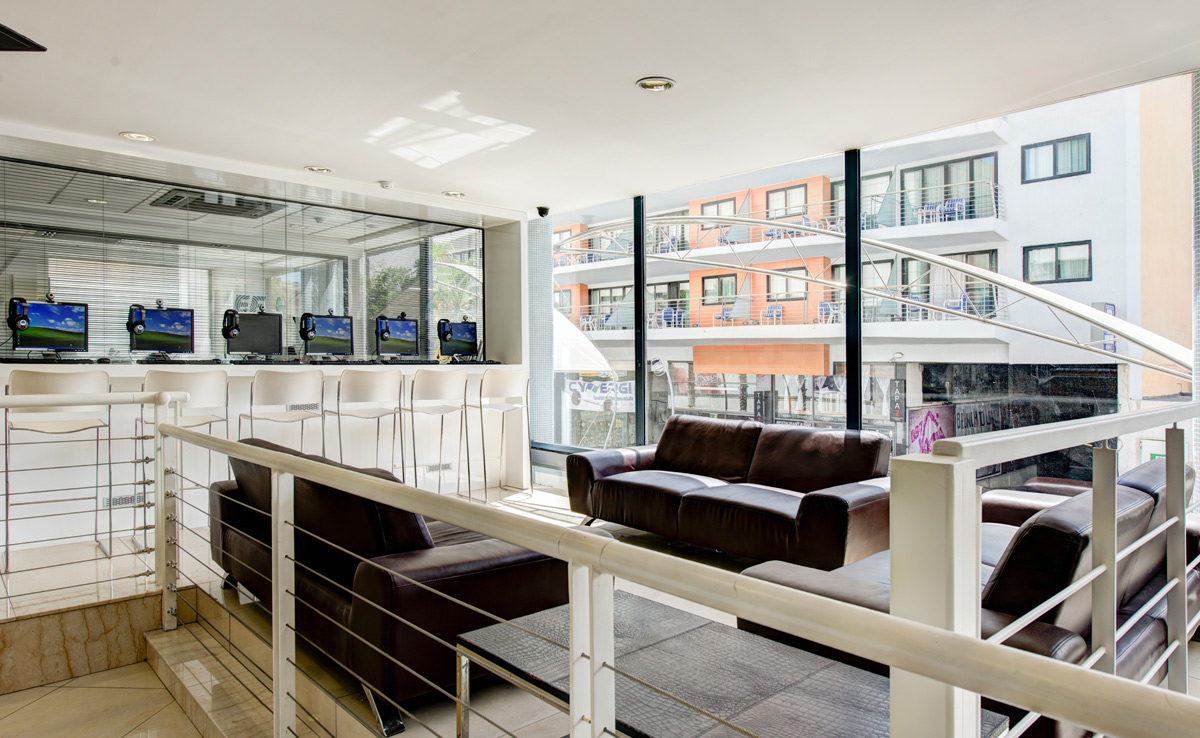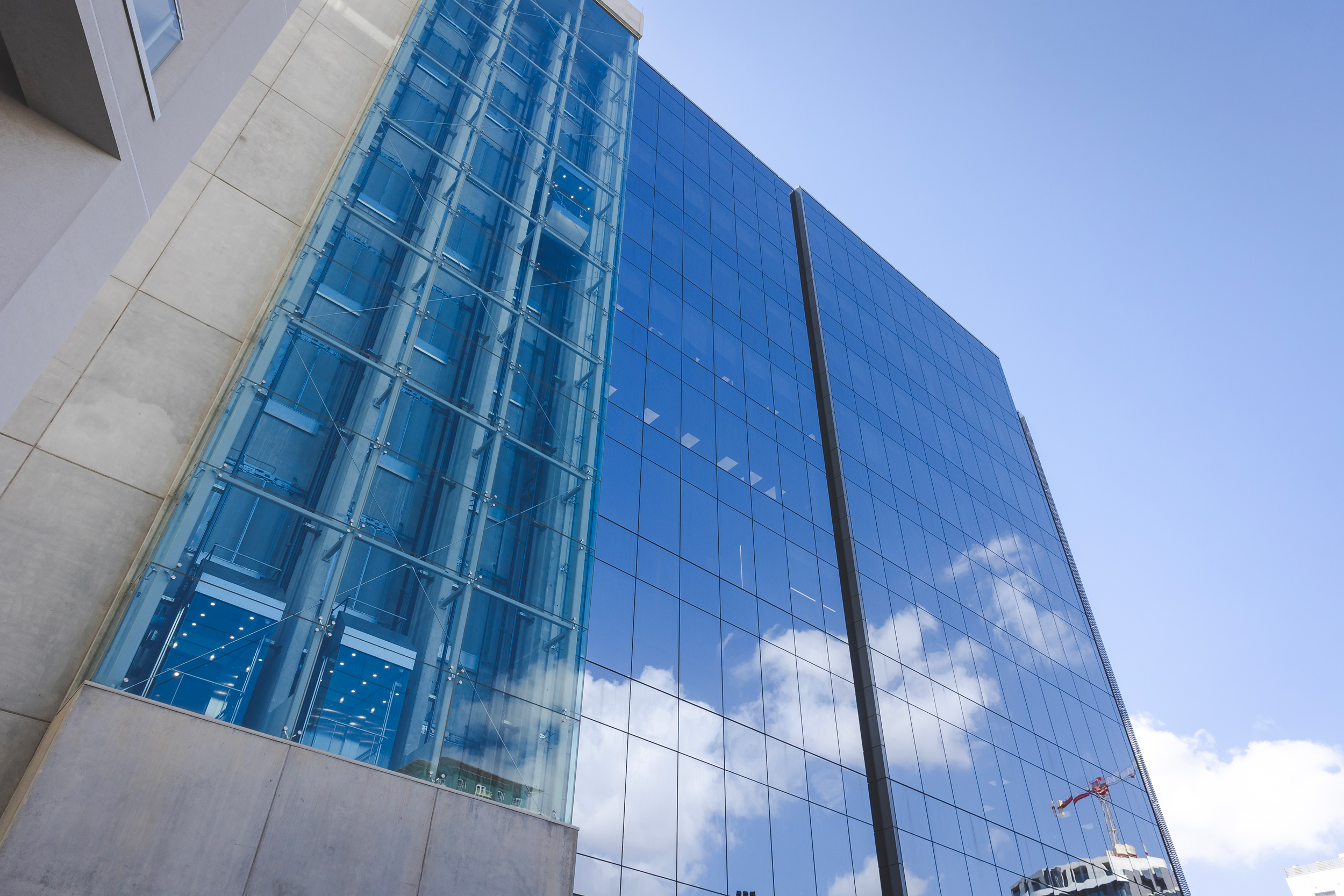Malta’s residency programmes explained
Individuals may wish to become resident in Malta to take advantage of its membership in the Schengen area, its extensive network of double taxation agreements, and the absence of any form of inheritance and wealth taxes, not to mention the lifestyle benefits.
EU, EEA and Swiss nationals can apply for residency after three months living in the country, when living or working there, or by presenting evidence of their self-sufficiency, without actual means testing. They must also have a Maltese address.
Tax residency is obtained once an individual’s stay in Malta exceeds 183 days. Foreigners who are resident but not domiciled in Malta are not taxed on their worldwide income, but only on income generated in the country and foreign income remitted to Malta. Foreign capital gains are not taxed, even if remitted to Malta. Residents are subject to the same income tax rates as locals, from 0 to 35 per cent depending on the income band. Anyone earning over €35,000 in a year from foreign sources and not remitting it to Malta is subject to a minimum tax of €5,000.
That said, Malta also offers residency programmes that confer additional advantages, as described below.
Malta Permanent Residency Programme
Malta’s flagship residency-by-investment scheme, the Malta Permanent Residence Programme (MPRP), allows beneficiaries to become Maltese residents for as long as they continue to meet the programme’s requirements. In addition to allowing free movement across the Schengen Area, the MPRP opens the door to Maltese property investments beyond the Special Designated Areas (p. XX), making the programme attractive to both real estate investors and those simply looking to establish residence in the country.
Eligibility for the MPRP hinges on property investments and Government contributions. The programme extends to up to four generations of the main applicant’s family.
















